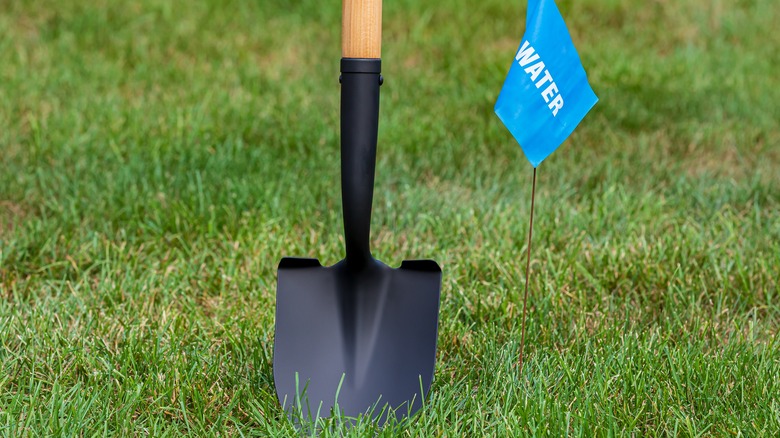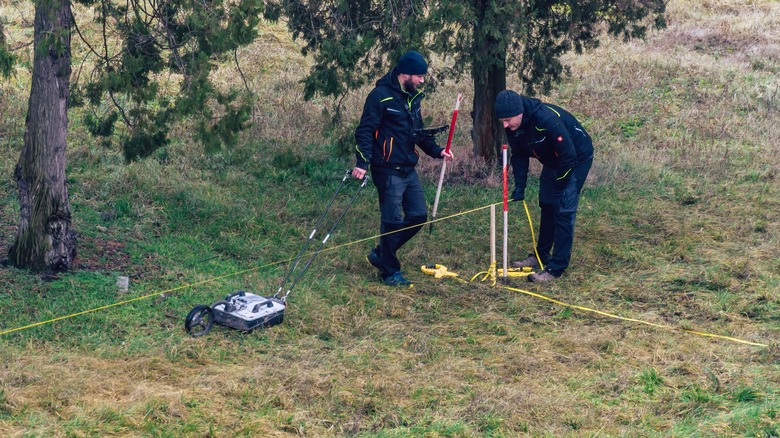Simple Steps That'll Help You Determine Where Your Property Water Line Is
Water is your home's lifeblood, and the lines supplying it are the arteries. Thanks to the property's water lines, you get potable water and the ability to shower, cook, and clean. So imagine how devastating any damage to these lines would be to your family's routine. If your landscaping, plumbing, or drainage project inadvertently breaks a water supply pipe, many daily functions you take for granted would be paralyzed until repairs are made. And unfortunately, being underground, water lines are impossible to see and very easy to accidentally run into with a shovel or excavator.
To protect your home's water lines from inadvertent harm, don't attempt plumbing projects, landscaping tasks, or any works involving excavation before you determine their location. Likewise, knowing the location of underground utilities lets you access them quickly if they need repairs or maintenance. Crucially, you should also find out whether any public utilities run beneath your property — you definitely don't want to wreck them with your project. Calling 811 is a good way to learn whether public utilities are in your way (alas, the service won't tell you where your private lines are).
For finding your private water lines, you can use several pipe location tools. You may need a different tool depending on the pipe material. For pipes made from metal, you can use an Electromagnetic Conductivity (EM) tool, while both metal and non-metal pipes should be tracked with a Ground-Penetrating Radar (GPR). Below, we explain the best way to locate and track these utilities on your property.
Different methods for locating the property water lines
Figuring out what your underground lines are made from may be a challenge. Although PVC and PEX are common materials nowadays, copper is still often used. To make sure you can find the water lines regardless of the materials, opt for a GPR. You can rent one of these radars for about $200 a day. Now, it may seem like a lot of money, but this amount pales in comparison to replacing or repairing a burst water pipe, which can easily set you back over $5,000.
Even with a GPR, you should do a bit of preliminary research to at least get an idea of where to start looking for the buried lines. If you've had the property inspected before the purchase, the report may hold a clue. Likewise, this information may be present in the land survey, which you should be able to find at the local county surveyor's office. If there's no record of where the water line is, find your house's main shutoff valve inside your basement or crawl space — that's where the line connects to your home's plumbing.
Once you've located the approximate location, begin mapping with the GPR. The shop from which you rent it should provide you with usage instructions, which may differ between devices. Either way, you'll receive some sort of a signal that indicates pipework (or its absence) beneath your feet. As you track the lines, be sure to mark their location either with flags or spray paint. Then, you can transpose the locations onto a sheet of paper and keep the utilities map for future reference.

